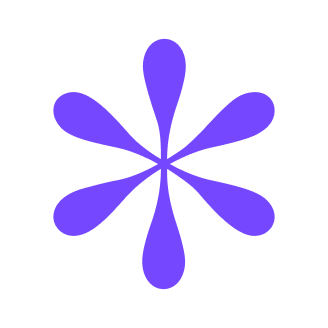Smarto
Helping Latvian residents take control of household energy use by making the invisible visible
Student Service Design Challenge 2024 / IKEA
✦ Challenge
Latvia’s households consume more energy than the industry and transport sectors combined. Despite a shrinking population, energy use remains high—pointing to a widespread lack of awareness, accessible tools, and support for behaviour change.
Many residents rely on guesswork or outdated habits, shaped by a history of cheap or unmetered energy. Bills are unclear, appliance use is hard to track, and most feel disconnected from the systems around them.
This student project was developed for the Student Service Design Challenge 2024, in response to IKEA’s open brief: “How to turn the tide to enable more sustainable lives at home.” While global in scope, we focused on energy use in Kuldīga, Latvia—a critical but often overlooked part of sustainable living.
✦ Approach
We began with fieldwork in Kuldīga, combining interviews, home visits, and cultural probes (energy diaries, photos, videos) with six households representing a range of ages, family structures, and energy behaviours.
Across participants, we saw a clear pattern: people wanted to save energy—but didn’t feel equipped to do so. Electricity bills were confusing. Appliance usage was unclear. Many relied on inherited knowledge, gut feeling, or speculation.
We synthesised our insights through mapping and behavioural clustering. Two recurring challenges emerged:
– Energy is intangible — residents couldn’t feel, see, or track what they were using
– Awareness is limited — people lacked the information to make confident decisions
– Energy is intangible — residents couldn’t feel, see, or track what they were using
– Awareness is limited — people lacked the information to make confident decisions
We defined two key behavioural personas:
– The Knowledge Seeker – curious and motivated, but guided by myths and assumptions
– The Consumption Detective – highly engaged, frequently checks prices, but feels overwhelmed and anxious
– The Knowledge Seeker – curious and motivated, but guided by myths and assumptions
– The Consumption Detective – highly engaged, frequently checks prices, but feels overwhelmed and anxious
To move from insight to intervention, we reframed our original problem statement:
“In Latvia, there is a generalised lack of empowerment among citizens that negatively impacts their ability to take individual actions and make informed decisions towards a sustainable energy transition.”
And transform it into an opportunity statement:
“By translating energy consumption into tangible and intuitive daily experiences, we can empower Kuldīgans to make informed decisions, save money, and maintain home comfort while supporting sustainable change.”
This framing guided the next phase: a co-creation weekend with 24 local residents, hosted in our home in Kuldīga. Participants explored early concepts through an interactive kitchen walkthrough, simulating how Smarto would work in daily routines. We followed this with visual ideation activities and open discussions.
Key insights included:
– People responded strongly to real-time visual feedback
– Concrete comparisons (e.g. to yesterday’s use) made abstract patterns relatable
– Friendly, localised tips were more engaging than raw stats
– A sense of fun, clarity, and reward increased motivation to reflect and act
– People responded strongly to real-time visual feedback
– Concrete comparisons (e.g. to yesterday’s use) made abstract patterns relatable
– Friendly, localised tips were more engaging than raw stats
– A sense of fun, clarity, and reward increased motivation to reflect and act

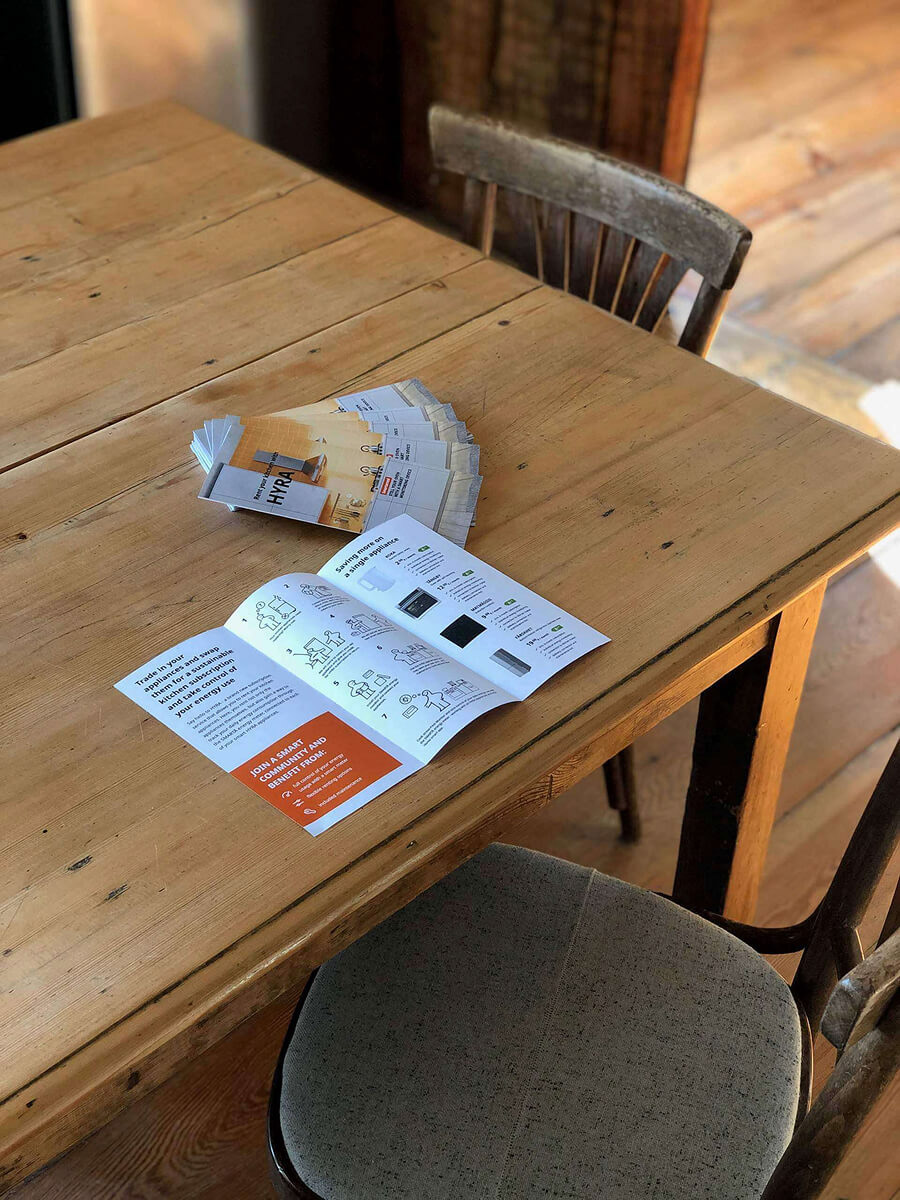
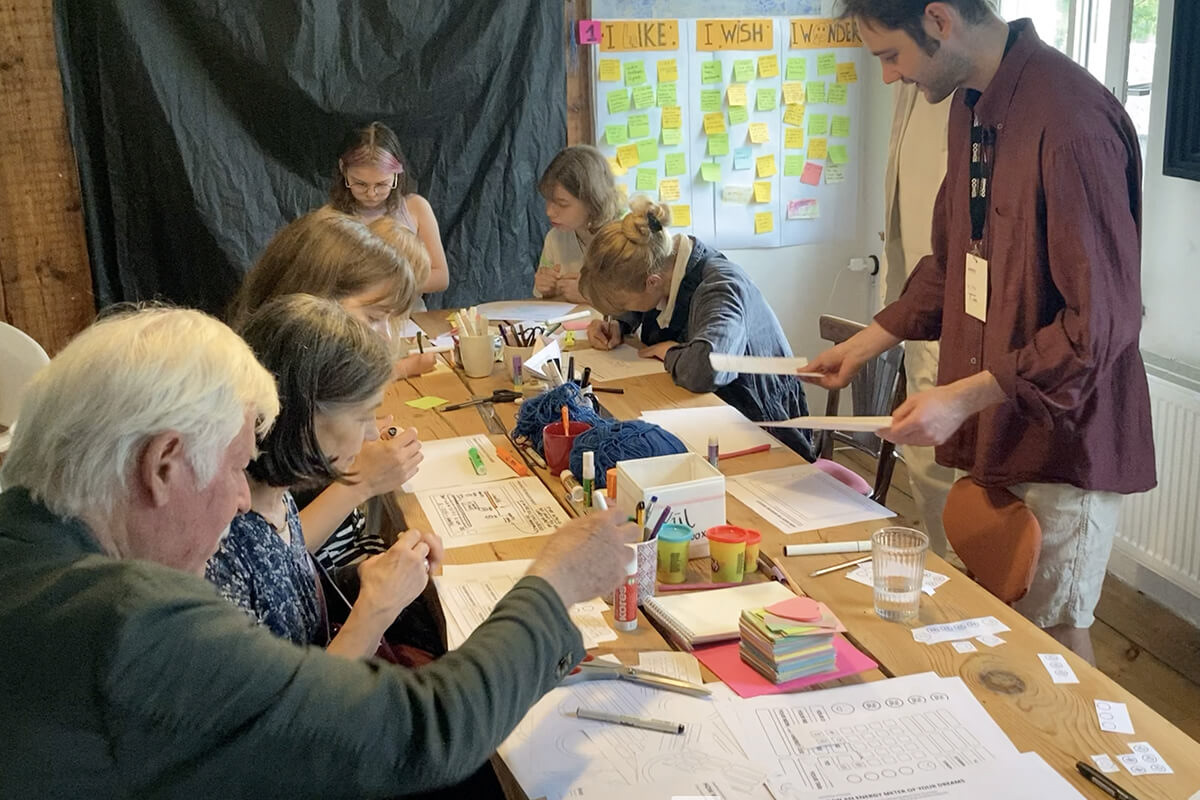
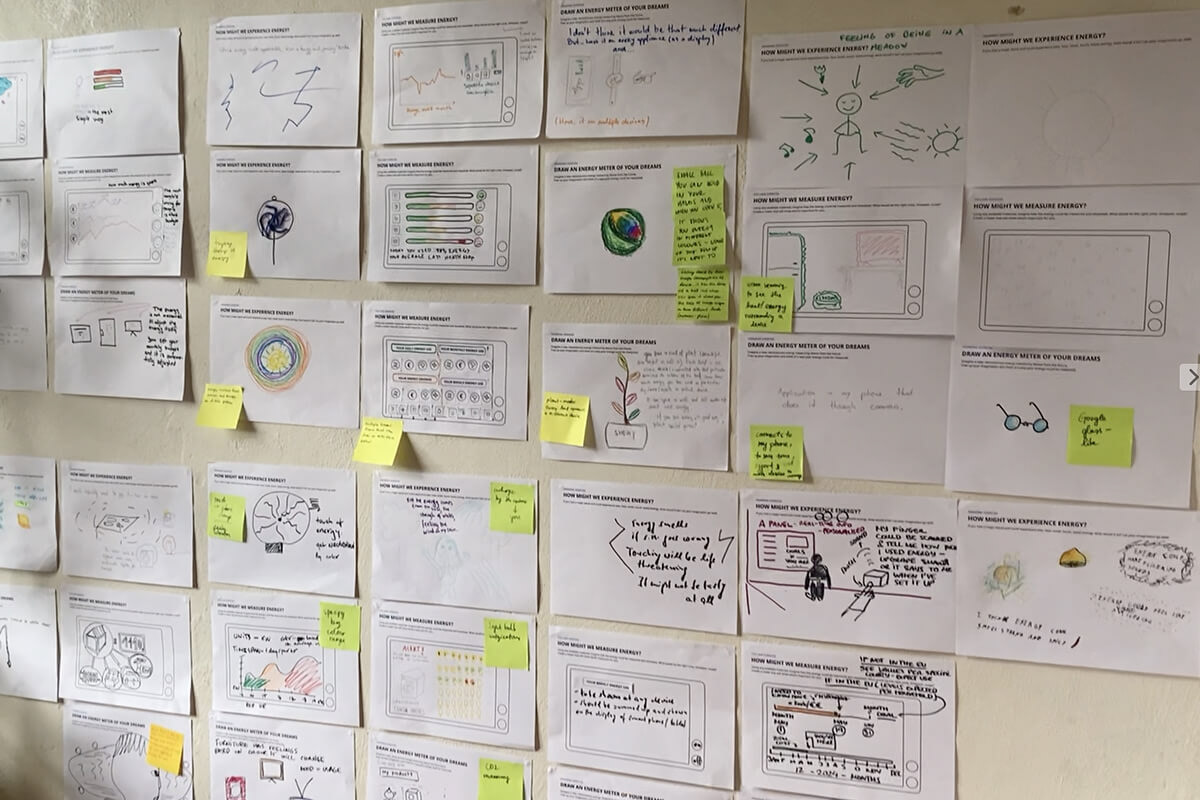
✦ Outcome
We designed Smarto — an educational energy kit that helps households turn invisible energy use into everyday understanding and control.
Smarto consists of three integrated tools:
– Energy Sensor – placed in the electric meter; uses machine learning to detect appliance-level usage
– Energy Sensor – placed in the electric meter; uses machine learning to detect appliance-level usage
– Smarto Feedback Device – a lamp-speaker that gives real-time feedback through colour, light, and sound
– Mobile App – integrated with IKEA Smart Home; offers energy summaries, goal-setting, behaviour-based tips, and a yearly “Wrapped”-style report
Designed to be simple, affordable, and emotionally engaging, Smarto helps people connect daily decisions with energy impact — supporting both comfort and sustainability. Our final delivery included a service blueprint, system map, business model canvas, and UI mockups.
We were selected as finalists in the Student Service Design Challenge 2024. The jury praised the project’s research depth, community grounding, and systems-based behavioural framing.

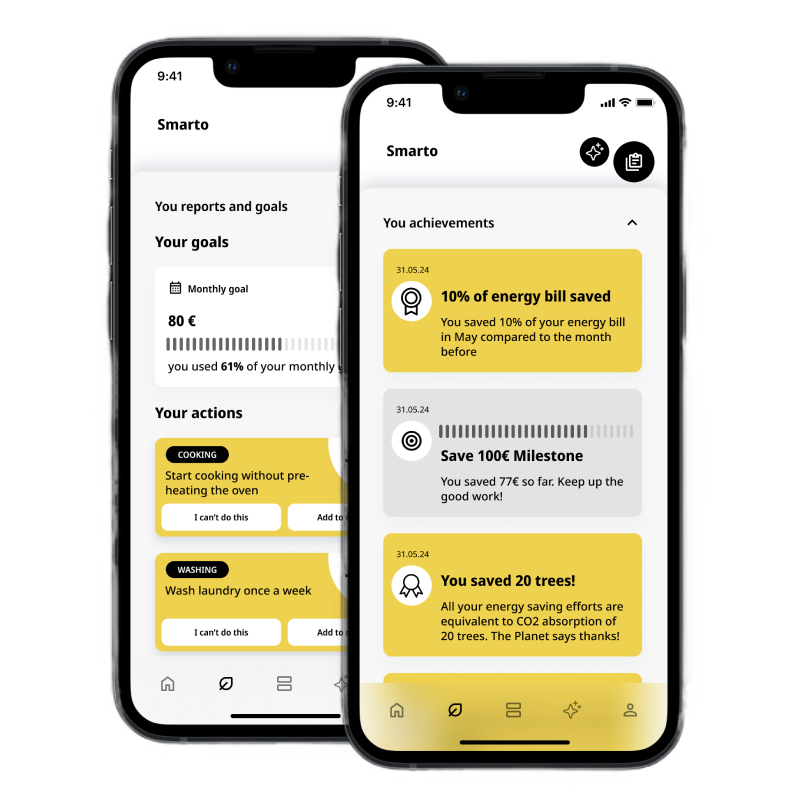
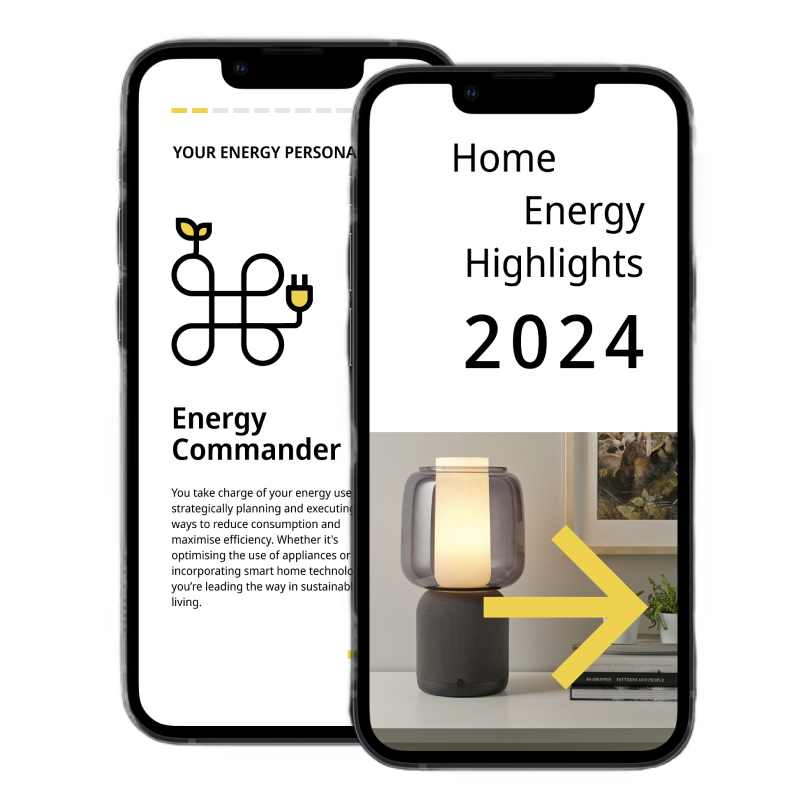
✦ Methods & Deliverables
Methods:
Service Design, ethnographic research, cultural probes, contextual interviews, system mapping, participatory design, co-creation workshops, User Experience Design
Service Design, ethnographic research, cultural probes, contextual interviews, system mapping, participatory design, co-creation workshops, User Experience Design
Deliverables:
Service Blueprint
Business Model Canvas
Mobile app prototype
System maps
Personas and archetypes
Research reports
Process videos
Service Blueprint
Business Model Canvas
Mobile app prototype
System maps
Personas and archetypes
Research reports
Process videos

